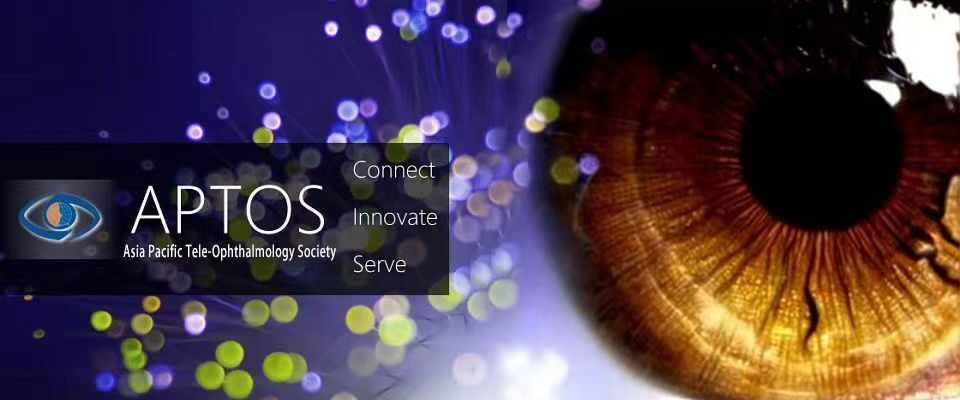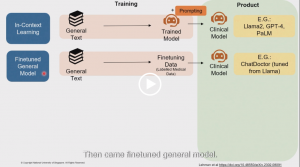Published Online
Ophthalmology, Jan, 2017
Authors
- Maa AY, Ophthalmology Division, Atlanta Veterans Affairs Medical Center, Atlanta, Georgia; Emory University School of Medicine, Atlanta, Georgia
- Wojciechowski B, Charleston Health Equity and Rural Outreach Innovation Center (HEROIC), Ralph A. Johnson Department of Veterans Affairs Medical Center, Charleston, South Carolina
- Hunt KJ, Charleston Health Equity and Rural Outreach Innovation Center (HEROIC), Ralph A. Johnson Department of Veterans Affairs Medical Center, Charleston, South Carolina
- Dismuke C, Charleston Health Equity and Rural Outreach Innovation Center (HEROIC), Ralph A. Johnson Department of Veterans Affairs Medical Center, Charleston, South Carolina
- Shyu J, Ophthalmology Division, Atlanta Veterans Affairs Medical Center, Atlanta, Georgia
- Janjua R, Ophthalmology Division, Atlanta Veterans Affairs Medical Center, Atlanta, Georgia
- Lu X, Ophthalmology Division, Atlanta Veterans Affairs Medical Center, Atlanta, Georgia; Emory University School of Medicine, Atlanta, Georgia
- Medert CM, Emory University School of Medicine, Atlanta, Georgia
- Lynch MG, Ophthalmology Division, Atlanta Veterans Affairs Medical Center, Atlanta, Georgia; Emory University School of Medicine, Atlanta, Georgia
Abstract
PURPOSE:
The aging population is at risk of common eye diseases, and routine eye examinations are recommended to prevent visual impairment. Unfortunately, patients are less likely to seek care as they age, which may be the result of significant travel and time burdens associated with going to an eye clinic in person. A new method of eye-care delivery that mitigates distance barriers and improves access was developed to improve screening for potentially blinding conditions. We present the quality data from the early experience (first 13 months) of Technology-Based Eye Care Services (TECS), a novel ophthalmologic telemedicine program.
DESIGN:
With TECS, a trained ophthalmology technician is stationed in a primary care clinic away from the main hospital. The ophthalmology technician follows a detailed protocol that collects information about the patient’s eyes. The information then is interpreted remotely. Patients with possible abnormal findings are scheduled for a face-to-face examination in the eye clinic.
PARTICIPANTS:
Any patient with no known ocular disease who desires a routine eye screening examination is eligible
METHODS:
Technology-Based Eye Care Services was established in 5 primary care clinics in Georgia surrounding the Atlanta Veterans Affairs hospital.
MAIN OUTCOME MEASURES:
Four program operation metrics (patient satisfaction, eyeglass remakes, disease detection, and visit length) and 2 access-to-care metrics (appointment wait time and no-show rate) were tracked.
RESULTS:
Care was rendered to 2690 patients over the first 13 months of TECS. The program has been met with high patient satisfaction (4.95 of 5). Eyeglass remake rate was 0.59%. Abnormal findings were noted in 36.8% of patients and there was >90% agreement between the TECS reading and the face-to-face findings of the physician. TECS saved both patient (25% less) and physician time (50% less), and access to care substantially improved with 99% of patients seen within 14 days of contacting the eye clinic, with a TECS no-show rate of 5.2%.
CONCLUSIONS:
The early experience with TECS has been promising. Tele-ophthalmology has the potential to improve operational efficiency, reduce cost, and significantly improve access to care. Although further study is necessary, TECS shows potential to help prevent avoidable vision loss.
Link to full content:https://www.ncbi.nlm.nih.gov/pubmed/28081944



